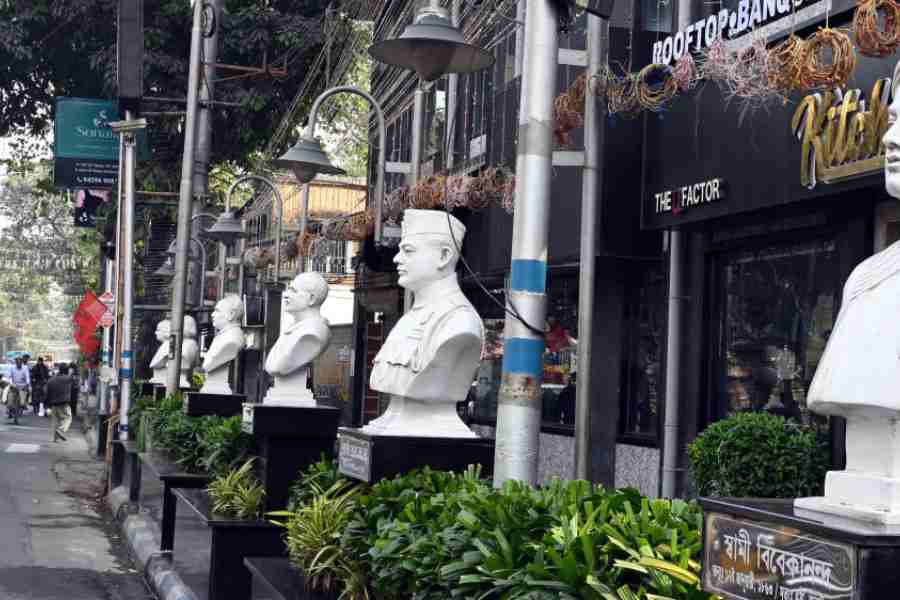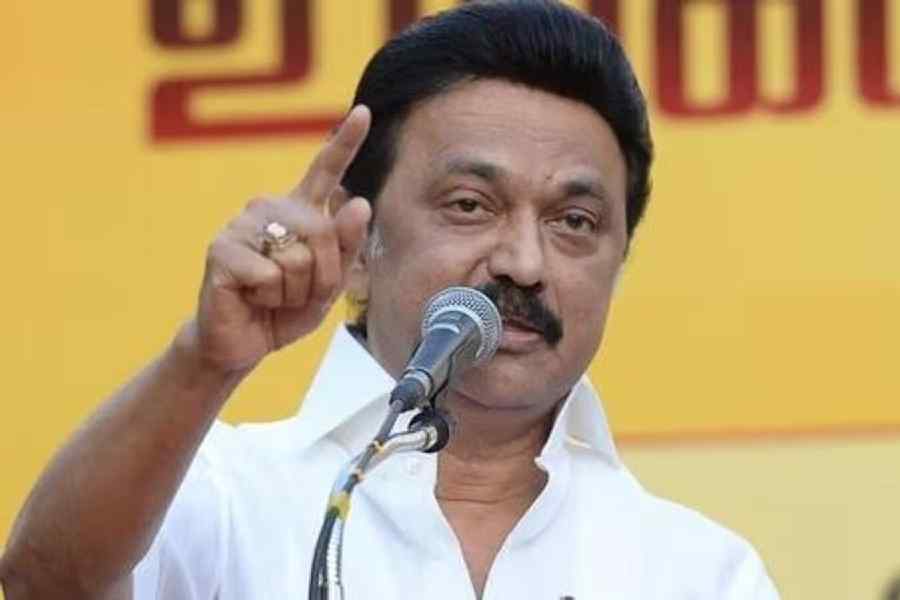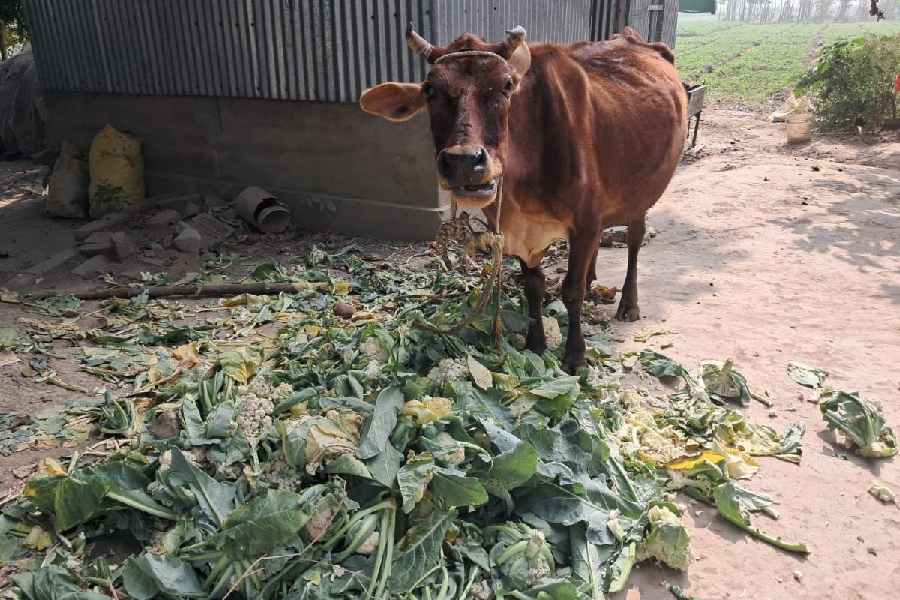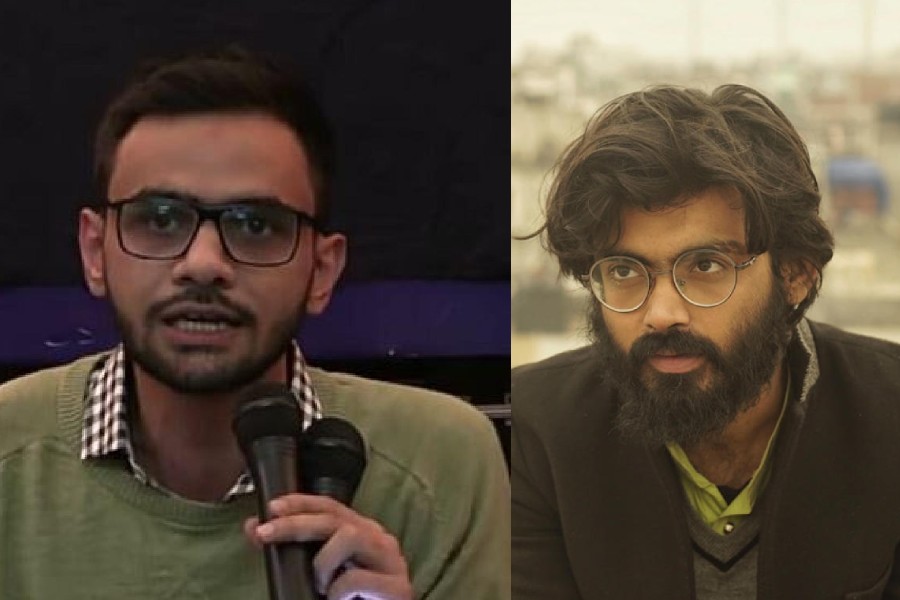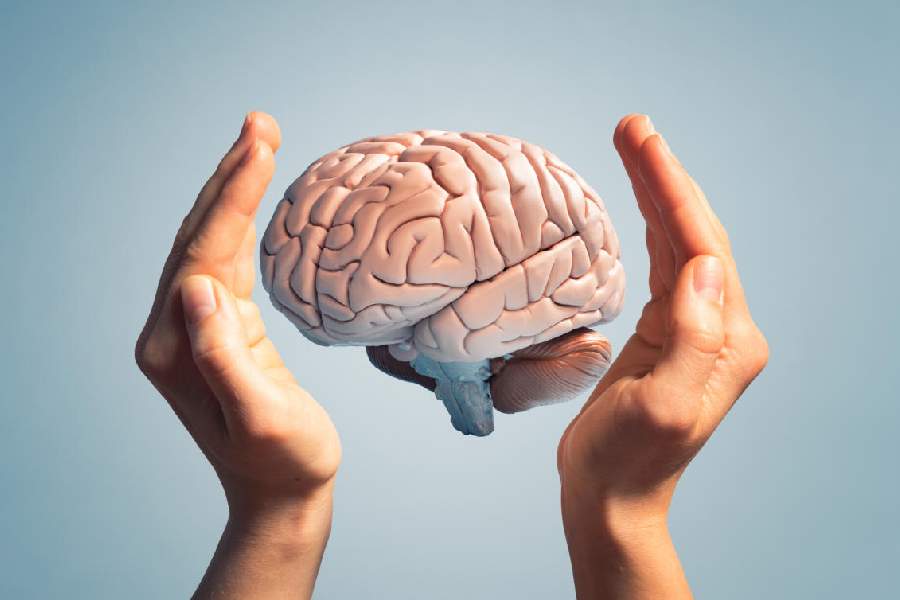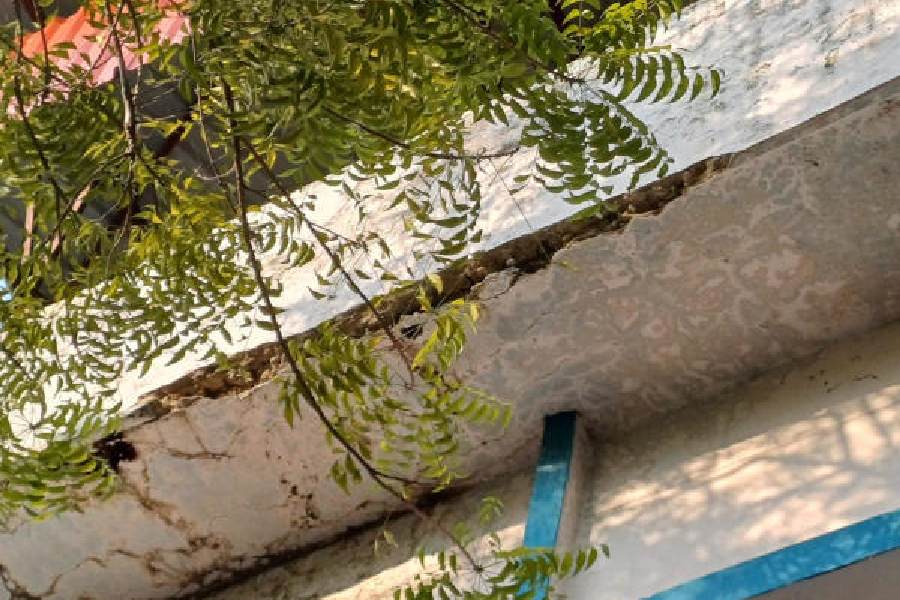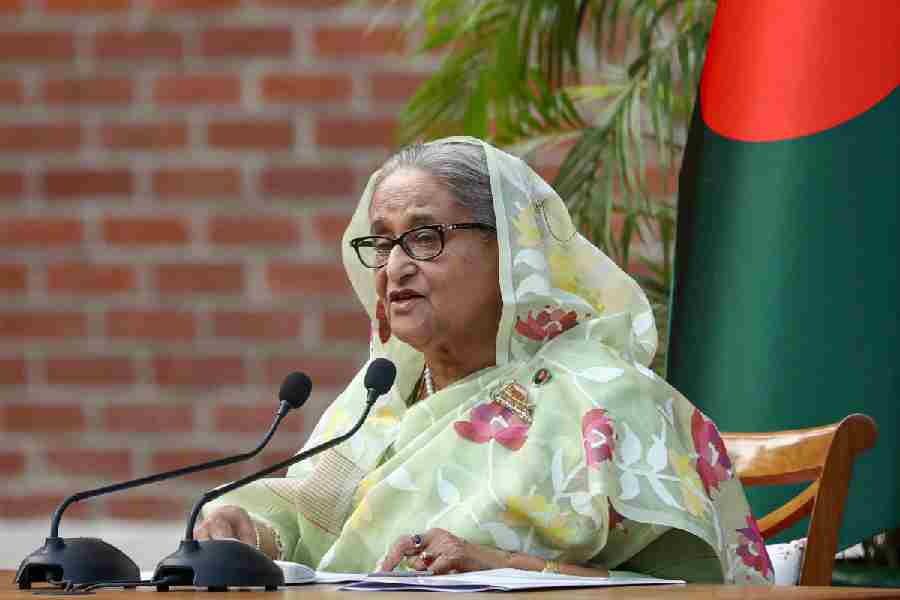Bengal’s pre-eminent poet gets pipped by its fiery monk but manages to edge out the great patriot. But patriarchy rules, as does religion.
Some 189 statues and busts of famous Indians were installed in the city between 2013 and 2024, the Kolkata Municipal Corporation has said in reply to a Right to Information query that has unearthed a certain pattern to the pantheon.
Swami Vivekananda tops with 24 statues and busts, Rabindranath Tagore comes a close second with 22, and Subhas Chandra Bose finishes third with 21.
Kazi Nazrul Islam’s score is seven, whereas Khudiram and the Mahatma — poles apart in political provenance — boast six each. Ishwarchandra Vidyasagar and Rishi Aurobindo, reformer and revolutionary-turned-religious guru, are tied at five apiece.
The competition is less fierce among female personalities, with religion dominating. Ma Sarada leads with 15 statues and busts, followed by Mother Teresa with 8.
For all the civic body’s enthusiasm about statues, though, many of them are many degrees removed from the actual look of the subject, going by these personalities’ pictures featured in credible documents.
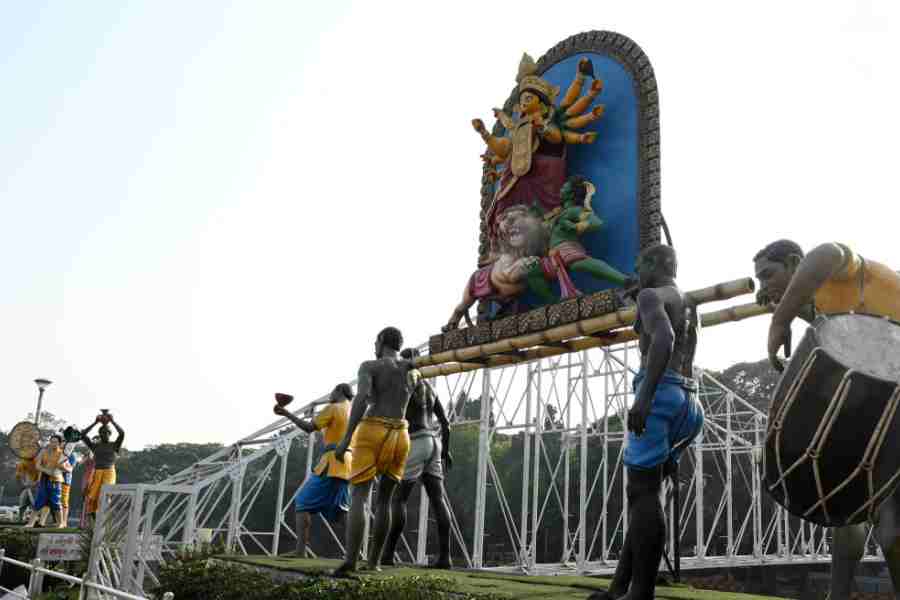
A Durga-themed row of statues in Patuli.
Sources in the municipal corporation said there was no mechanism to monitor the sculpting of the statues to ensure they resembled those they claimed to represent, nor to determine how tall a statue should be or where it should be placed. Nor does the civic body have a committee to scrutinise the proposals to install a particular statue.
“The proposals come mostly from the councillors. The KMC either gives some funds or identifies an area for installation, or just provides consent to the installation. There’s no maintenance fund or any special fund to build statues. All decisions are taken on a case-by-case basis,” a civic official said.
An analysis by the Sabar Institute, a social welfare organisation working for downtrodden communities, suggests the city fathers have a weakness for religious figures and freedom fighters from certain echelons of society. It has underlined that people from disadvantaged castes and minority communities are underrepresented.
“What is striking is the absence of Ambedkar’s statue from the list. Besides, there are only two Muslims: Maulana Abul Kalam Azad and Kazi Nazrul Islam,” said Sabir Ahamed of Sabar, who had filed the RTI query in November.
However, the list is clearly dominated by people with a Calcutta or Bengal connection. Azad, who spent his early years in the city, has four sculptures.
"Of the 189 sculptures, 153 are of men, 32 are of women and 4 represent concepts such as a language martyr," Ahamed said.
Ahamed had asked the civic body for the names of the people whose statues and busts had been installed, the names of the artists who made them, and the location and year of installation of each. The civic authorities sent their reply in late December.
Before Independence, multiple statues of the Raj’s representatives dotted Calcutta — around the Maidan, along the Red Road and on the banks of the Hooghly. After the construction of the Victoria Memorial began in 1906, a dozen were placed on its grounds.
By the early 1970s, the then United Front government had begun removing these statues from public sight. These were ordered to be moved to Flagstaff House in Barrackpore, with restricted public access.
Rajat Ray, former dean at the University School of Architecture and Planning at the Guru Gobind Singh Indra Prastha University, New Delhi, said it would be interesting to know the identities of those who proposed the latest statues.
"Why were these (particular) statues proposed? Who proposed them? How were the locations chosen? These are some of the things that interest me," he said.
A sculptor hired by the civic body to sculpt the faces of Nati Binodini and poet Subhash Mukhopadhyay regretted that not enough time was given to the artists, which reflected in the quality of the work.
"You need a year or more to make a metal sculpture; it also costs a lot of money. No one is interested in investing in quality or time,” Ananda Kishore Dhar, a sculptor and painter, said.
“Most of these statues are being made from fibreglass. I fear that many of them will have a limb broken or mutilated within a few years."
He added: "One needs 30 to 45 days even to make a fibreglass figure. But the orders are placed barely a fortnight before the day of unveiling."
Civic officials said the actual number of statues and busts installed in the city's public spaces over the past decade would far outstrip the number revealed in the RTI reply.
"We have information only about those statues or busts whose construction the KMC funded or whose site of installation it identified, or in which it was involved in some other way. Many have erected statues without our permission or without informing us," an official said.
Ward 13 councillor Anindya Routh, who has put up statues of Vivekananda and Vidyasagar in his ward, said he wanted the new generation to know the history and traditions of this land.
"A few years from now, we will not remember our history or traditions. I'm trying to spread knowledge of the work and importance of these personalities by erecting their statues," Routh said.

